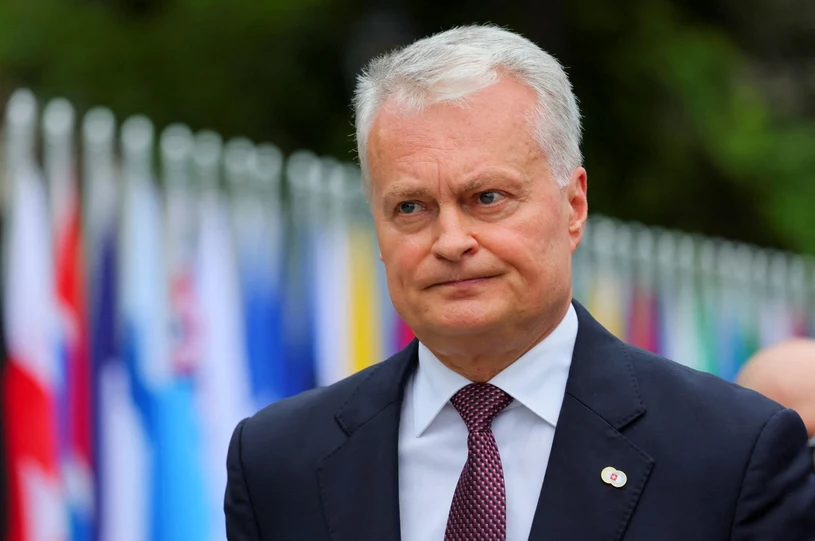In fresh months, we have been witnessing an authentic wave of protests spreading across South-Eastern Europe, most late reaching Turkey. In conditions of increasingly authoritarian rule, hidden behind a proclaimed democratic facade, the street has remained the most powerful space for expressing public discontent. It has besides been the most effective instrument in the hands of citizens to reshape public opinion, precisely due to – or despite – the regimes’ tightening grip on media freedom.
From Bratislava, Budapest and Belgrade, through Bucharest, Skopje, and Athens, and all the way to Istanbul and Tbilisi, protests are erupting in consequence to corruption, captured institutions, repression, impunity, and a profound sense of political powerlessness. Though unfolding in different national contexts, these protests talk a shared language of opposition – prompting any to even mention to it as a “Balkan Spring”.
In this light, we can draw on Walter Benjamin’s notion of Jetztzeit – condensed moments of the present in which past, present and future collide in the anticipation of historical rupture. These protests are no longer specified symptoms of crisis, but manifestations of a present burdened by the past, yet carrying the possible for a fresh future. Though locally rooted, these movements are increasingly transnational in spirit, recognizing akin patterns of democratic backsliding across the continent – and pointing toward the anticipation of European solidarity from below.
Democratic erosion from above – civic opposition from below
As the political scientist Larry Bartels reminds us, democracies do not collapse due to the fact that citizens abruptly yearn for a “strong hand” in consequence to unmet expectations. Rather, they fall erstwhile political elites systematically undermine the institutions designed to check their power. The breakdown is quiet, legally dressed, but fundamentally undemocratic. That is why today’s grassroots mobilizations in defence of democratic values across Europe are neither accidental nor abrupt – they are a direct consequence to the gradual erosion of democracy from the top, though triggered by single events.
What unites these movements is simply a request for the most basic democratic guarantees: the regulation of law, protection of rights and freedoms, fair elections, and organization accountability. This is where a common thread emerges – a collective defence of democracy from below, rooted not in ideology but in lived experience and a refusal to normalize democratic backsliding.
At the same time, government responses to these mobilizations frequently follow a acquainted pattern: protest movements are framed as abroad conspiracies or “colour revolutions”, delegitimized through nationalist rhetoric, and met with varying degrees of repression. Across the region, many of the leaders facing civic opposition keep close ties with the Kremlin, further highlighting the geopolitical dimension of this democratic backlash.
Still, even if there is simply a shared “lowest common denominator”, national contexts form the direction and goals of these protests – including their geopolitical orientations.
In Georgia, protests have been ongoing since November 28th 2024, after the ruling Georgian Dream (GD) organization announced it would postpone EU accession efforts “until 2028”. This followed disputed elections and earlier mobilizations against Russian-style laws. The demonstrations, marked by a sea of EU flags on the streets of Tbilisi, reflect a strong societal desire to stay anchored in the European project.
In Romania, the “EuroManifest” rally brought together civilian society groups in support of European integration and in opposition to far-right Euroscepticism – a discourse increasingly supported through social media and by Russian influence.
In Slovakia, protests erupted over political manipulation and abroad policy ambiguity, peculiarly after Prime Minister Fico secretly met with Russian president Vladimir Putin in December 2024.
In Hungary, demonstrations have been organized in consequence to illiberal policies targeting LGBTQ+ rights, academic freedom and privacy. On March 15th, tens of thousands rallied in Budapest, waving national flags as the leader of the rising opposition Tisza organization pledged to bring Hungary back into the heart of a strong European Union.
In Turkey, mass mobilizations followed the arrest of Istanbul’s mayor, who is besides the country’s main opposition figure. This marked a tipping point in public frustration over expanding repression and a shrinking democratic space. While these protests are primarily focused on home issues, they deficiency a clearly articulated geopolitical orientation.
Serbia stands out as a notable exception. There, a deadly infrastructure failure triggered a wave of protests centred on demands for accountability and an end to systemic impunity. Unlike another movements in the region, Serbia’s protests are rooted purely in home struggles and are not framed around abroad policy concerns.
In short, these movements disagree not only in their causes and positions toward the EU but besides in their scale, organization and possible impact. Their visibility and ability to sustain momentum vary, as do the political systems they confront. While they share democratic aspirations, it would be misleading to describe them as a single, coordinated pan-European movement. Rather, they represent a series of national mobilizations shaped by local contexts, yet frequently inspired by common democratic values.
Serbia: 5 months of echoing silence
April 1st 2025 marked precisely 5 months since the tragedy in Novi Sad, erstwhile the canopy of a recently renovated train station collapsed and killed 16 people. In this case, corruption had direct victims. The tragedy was the trigger for what shortly became the largest wave of protests in Serbia’s past – with hundreds of thousands of people taking to the streets. This happened beyond just Belgrade, with protests appearing in nearly 400 towns and cities across the country.
These protests stand out not only for their size but for their deficiency of central leadership. Students have taken the lead in organizing, blocking universities, and suspending their studies – sending a message that losing an academic year is little painful than losing their future in specified a system. In marches that decision from town to town, young people bring with them a sense of catharsis and hope. In many cases, they are welcomed like liberators.
The highest came on March 15th, erstwhile over 300,000 people from all over Serbia gathered in Belgrade, demanding accountability, change and dignity. During 15 minutes of silence in honour of the victims, the government responded with a sound cannon aimed at peaceful demonstrators.
Ten days later, European Commission president Ursula von der Leyen warmly met with the Serbian president in Brussels, issuing only a mild message calling for “decisive steps toward media freedom, the fight against corruption and electoral reform”. There was not a word about the 300,000 people. Not a word about the repression. Still, any observers contend that this decision marks the EU’s first real departure from silence – though its consequence remains cautious and diplomatically restrained. Yet if this was meant to signal a shift, it was small more than a whisper. The silence, in substance, endures.
This silence is not just a diplomatic oversight – it reflects a broader pattern of selective engagement, where authoritarian stableness and access to strategical resources, like lithium, outweigh support for democratic accountability. In the case of Serbia, the EU’s muted consequence resembles a fresh form of “caviar diplomacy”. This is done not with gifts or money, but with silence bought by geopolitical interests. The price, however, is paid by citizens demanding justice, and by the very thought of a values-based European project.
And while protests in another countries frequently feature EU flags and calls for a European future, in Serbia, specified symbols are mostly absent. They are not forgotten but are faded, worn down by years of indifference, relativization and political cynicism on both sides.
Conclusion: European solidarity from below
Jetztzeit is now – and it must be supported. Momentum does not last forever. In any places, it has already lasted for 5 months. But the danger of fatigue, indifference or declining solidarity only serves to strengthen authoritarian regimes.
In this light, Europe can no longer afford to ignore the pulse of its own periphery. While Brussels continues to emphasize ideas of stability, trust is quietly eroding on the ground. Democratic and European minimum standards cannot depend on geopolitical convenience, but must remainder on shared values of freedom, justice and accountability.
Perhaps it is time to admit that a fresh European solidarity is no longer being built from above but from below. And in a time of Jetztzeit – of compressed past – it is the work of all who believe in democracy to perceive and respond.
Marina Milić is simply a freelance political discipline investigator with a Master’s degree in Democracy and Democratization from the Faculty of political sciences in Belgrade, Serbia. Her investigation interests include protest movements, authoritarian regimes, and EU enlargement, focusing on Southeast Europe. She is besides an author at Polis 180, contributing to discussions on political developments in the region.
Please support New east Europe's crowdfunding campaign. Donate by clicking on the button below.






![Przegląd Musztry Klas Wojskowych. Zespół Szkół Ekonomicznych i Mundurowych w Chełmie w czołówce [GALERIA ZDJĘĆ + FILM]](https://static2.supertydzien.pl/data/articles/xga-4x3-przeglad-musztry-klas-wojskowych-w-chelmie-1745586232.jpg)


